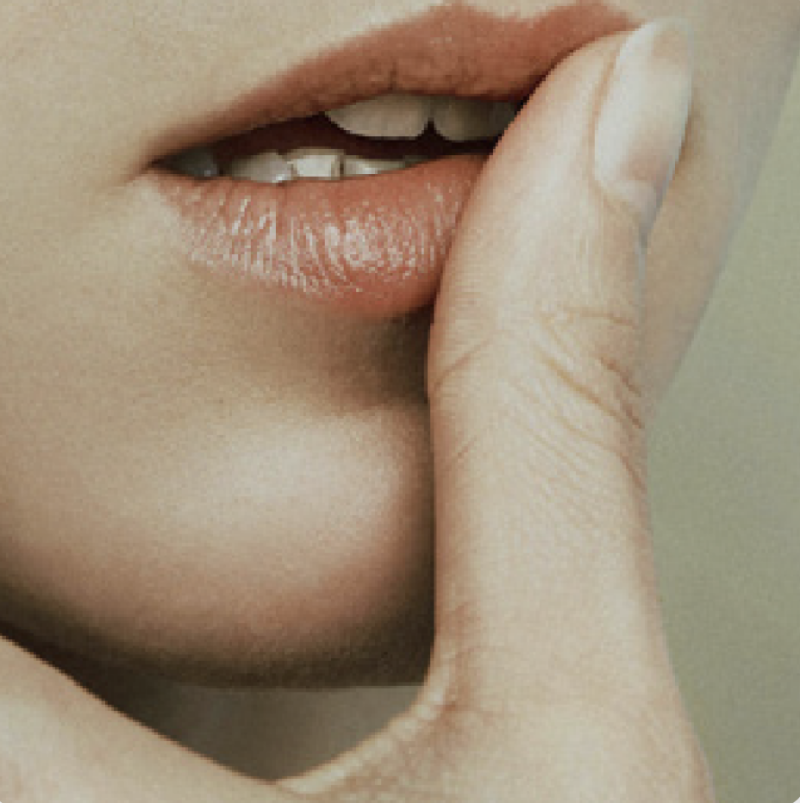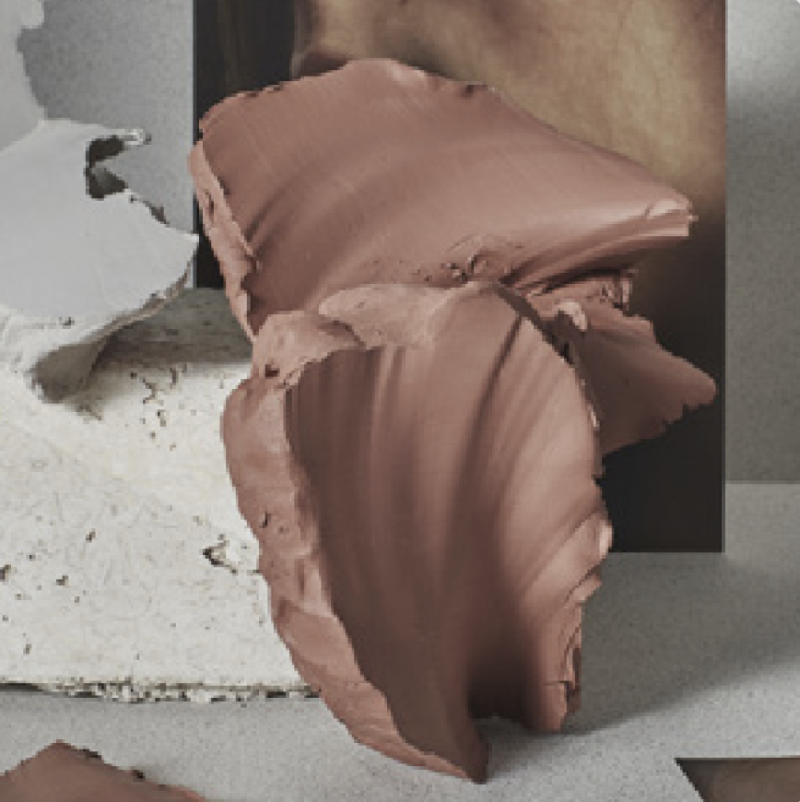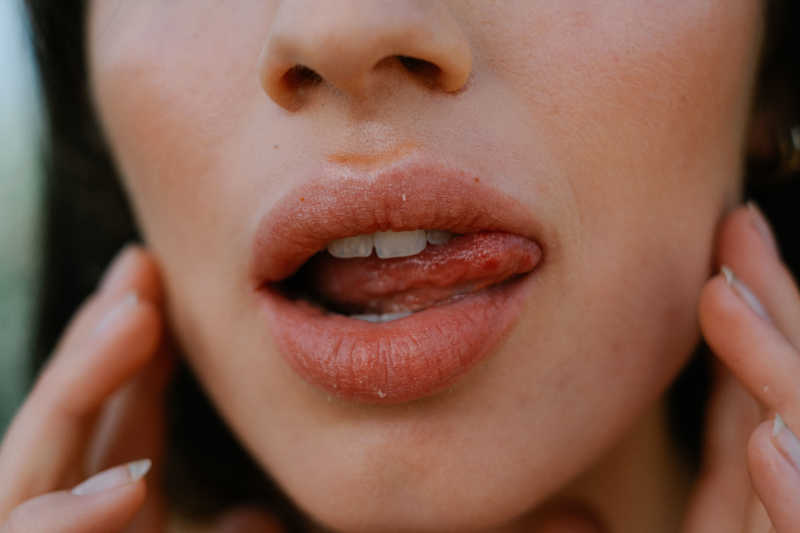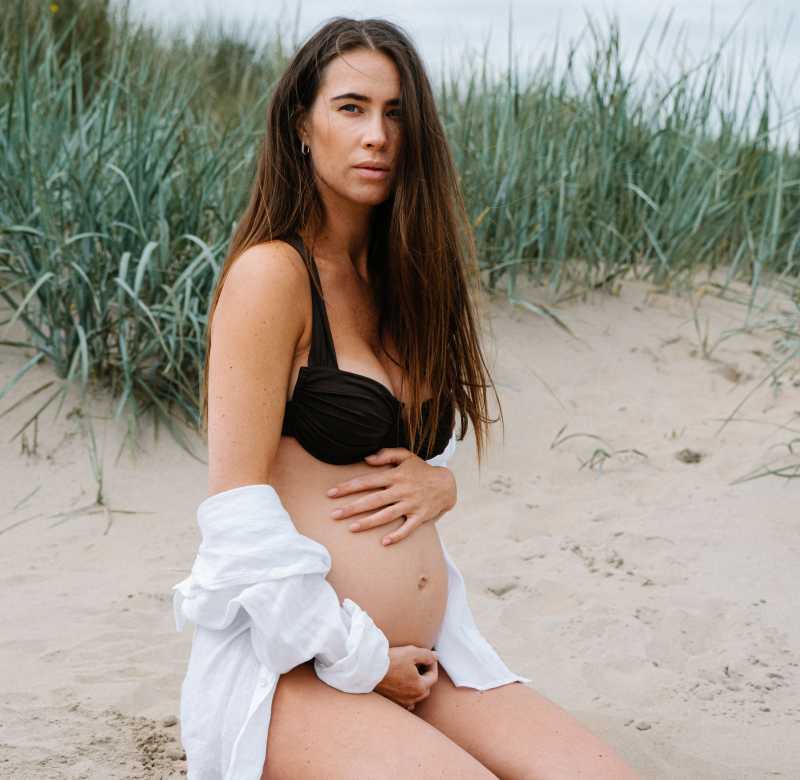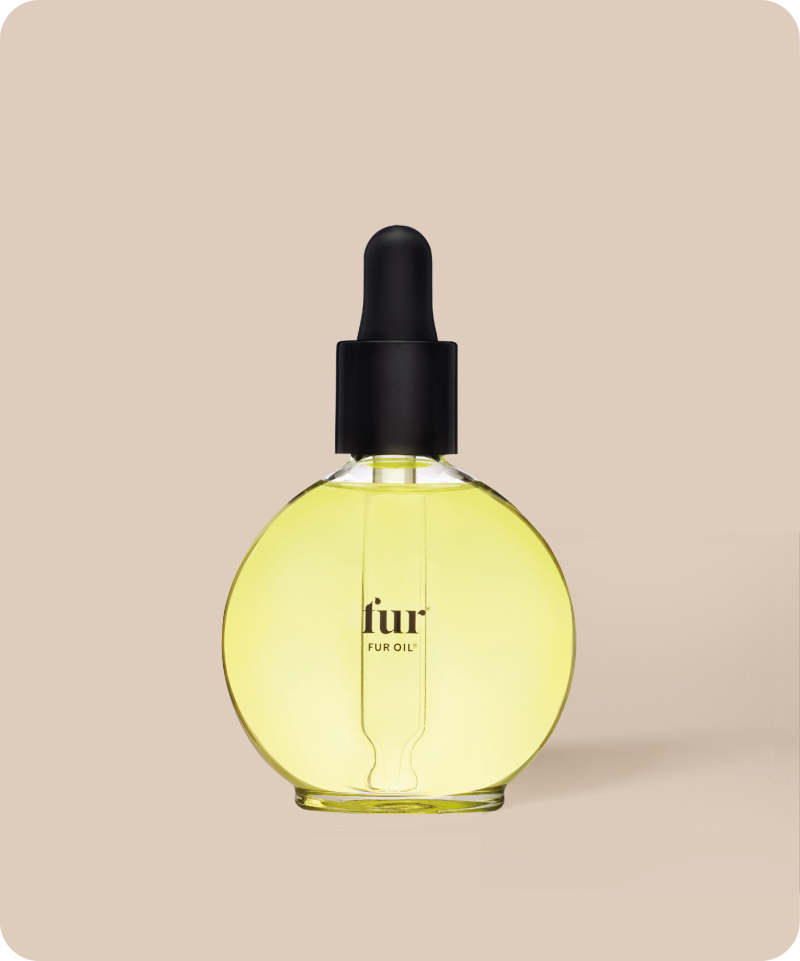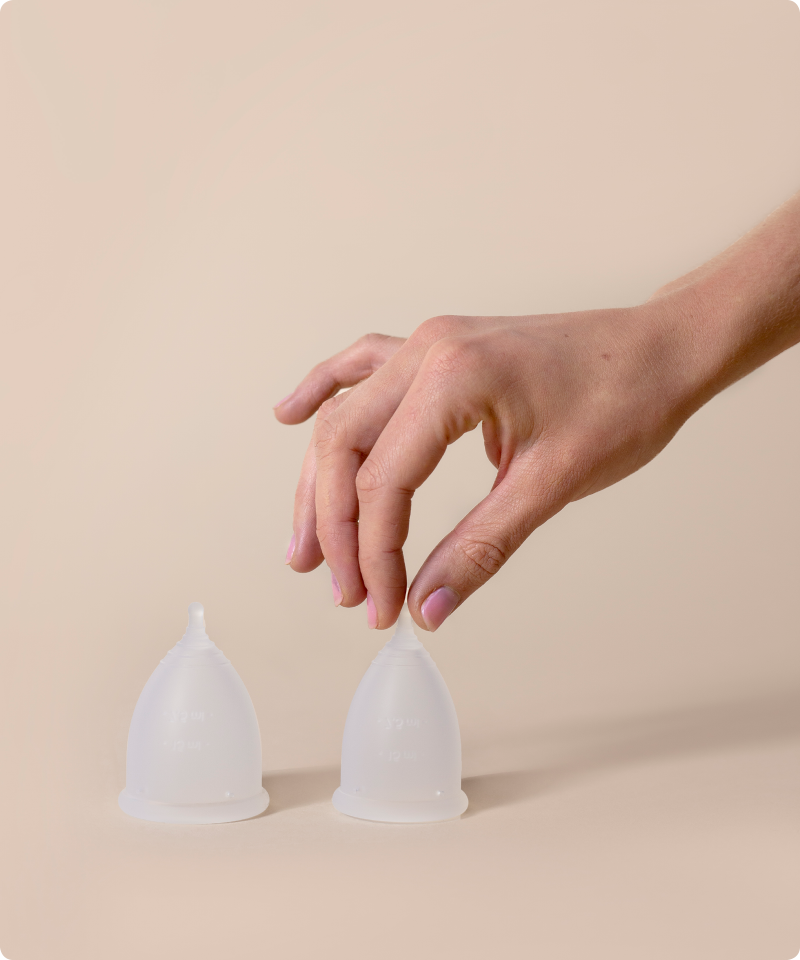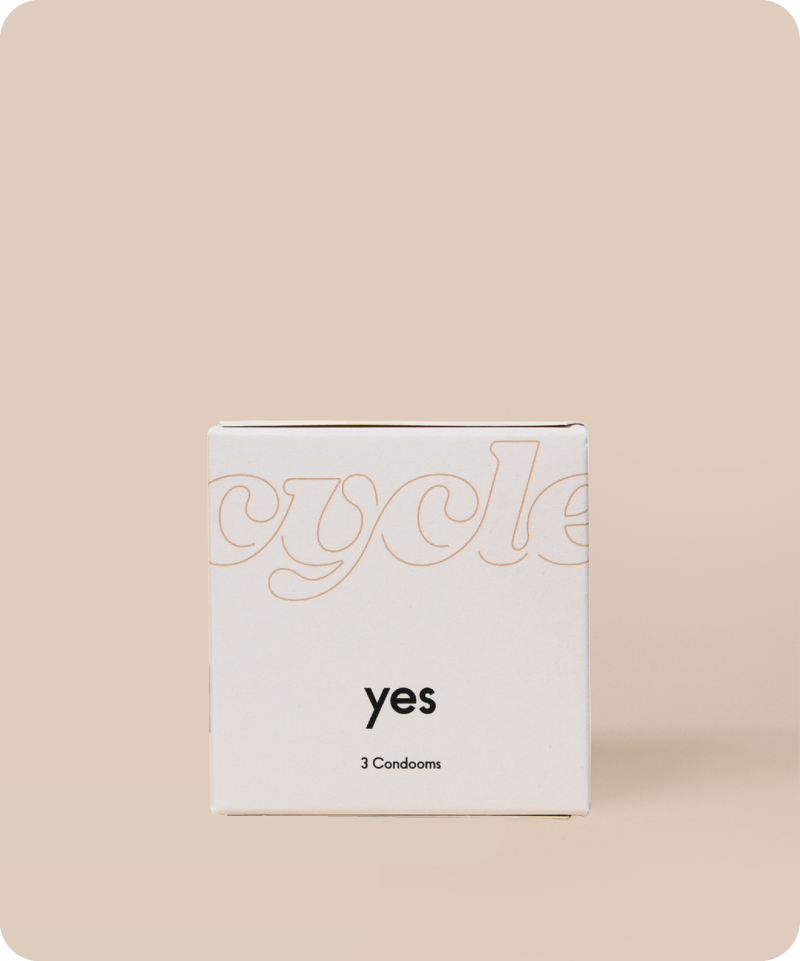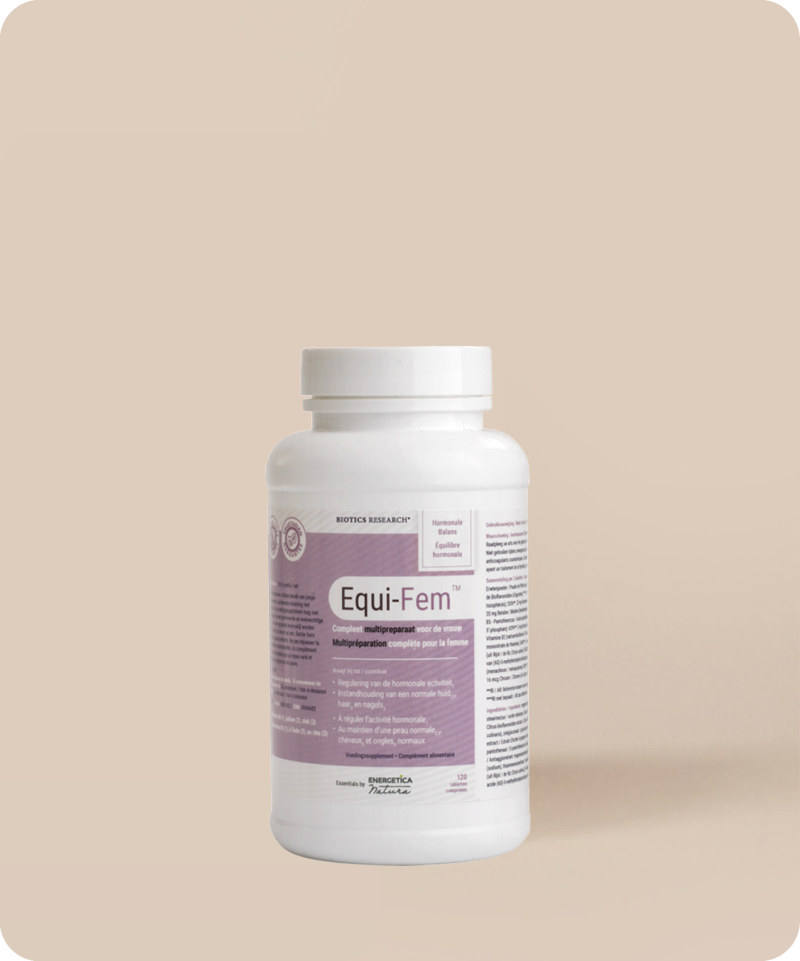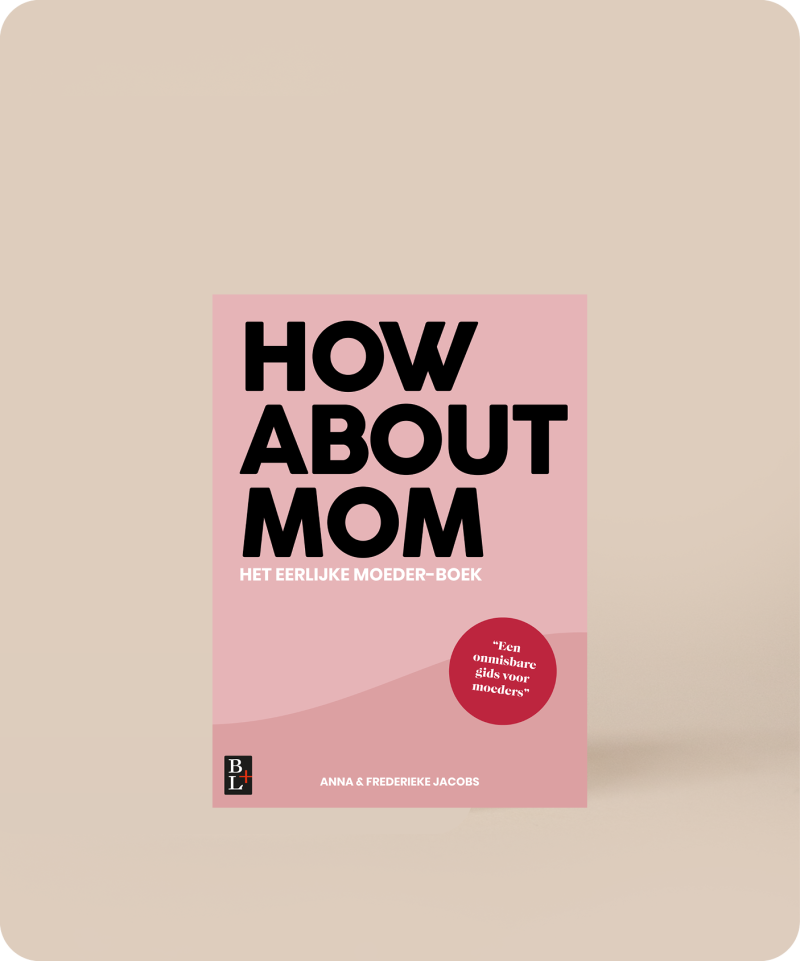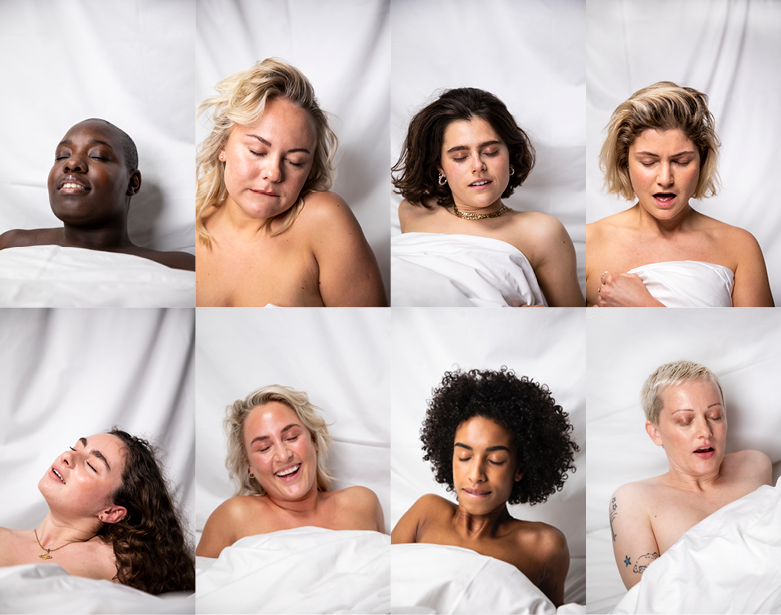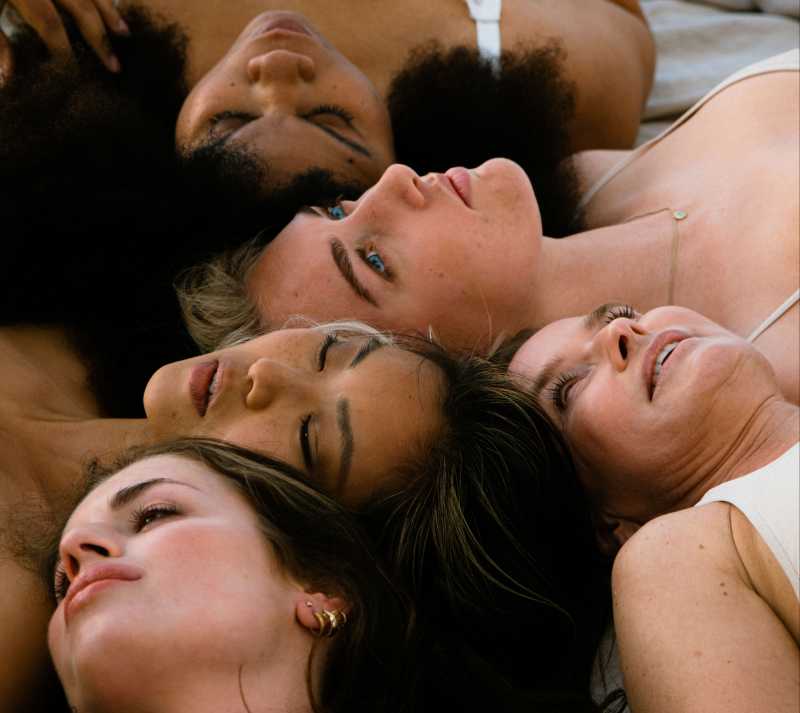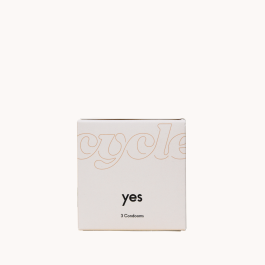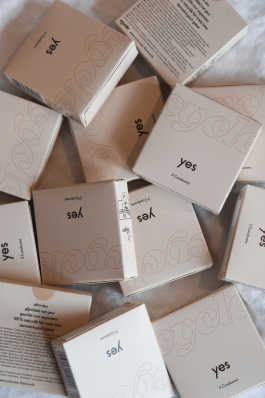Everything you need to know about chlamydia
Last year, 21,134 people were diagnosed with chlamydia. That makes it the most common STI among heterosexuals. It’s especially common between the ages of 15 and 30, which is really not that surprising, because this age group has relatively more sex (and have relatively more changing sexual partners). Just like any other STI, chlamydia is easily treatable, but you should treat it early on. If you ignore it, you’re at risk of becoming less fertile or even unfertile. But that’s also the part where it gets tricky: most people don’t even notice they have chlamydia. Almost 50% of the men and up to 90% of the women don’t experience symptoms and when the infection spreads to the throat or rectum (yep, that’s possible!), there are often no symptoms at all.
But first things first. What exactly is chlamydia?
Chlamydia is a sexually transmitted infection (STI) that is caused by a bacteria (Chlamydia trachomatis). This bacteria settles itself on the mucosa of the urethra, cervix, rectum, or throat. There, the bacteria can develop into an infection that can spread to the epididymis, the uterus, or the fallopian tubes. And that’s something you’d want to avoid, because once the infection spreads this far it can have some nasty consequences.
How do you get it?
You can get chlamydia through unsafe or better said, unprotected sex. So, for example, if you have vaginal or anal sex without protection or if you share your sex toys with someone. That’s why it’s always important to clean your toys first before lending it to someone. It’s not all that common to get chlamydia through oral sex, but that doesn’t mean that it's completey safe either. There are other bacteria and STIs such as herpes or HIV that can be transmitted through oral sex.
Don’t be silly, put a condom on your willy.
We all know perfectly well how to protect ourselves against STIs, and that includes chlamydia. But this article can’t really be complete without mentioning that the only way to protect yourself against chlamydia is to use a condom (yes, even when you’re letting your partner use your favorite vibrator). You can also both get tested before having ‘unprotected sex’, just to be on the safe side.
These are the symptoms of chlamydia.
men
Pain or a burning sensation when peeing
discharge from urethra
pain in the testicles
Women
pain or burning sensation when peeing
more or unusual discharge
pain or bleeding after sexual contact
pain in abdomen
Abnormal bleeding
When women don’t get treated for chlamydia on time, it can lead to serious problems such as:
Pelvic inflammatory disease (PID)
reduced fertility or infertility
ectopic pregnancy
Do you experience bleeding after sexual contact but you don’t have chlamydia? You can read this article to find out what else could be the cause.
Treatment for chlamydia
Chlamydia can be treated relatively easily with antibiotics. Most people are free from chlamydia again after one course of antibiotics. During this course you have two pills that you take simultaneously. If you have an anal infection you take antibiotics for a week. It’s best to not have sex during this week, but after that, you’re no longer contagious and are free to go out and get it on again. Are you unsure whether you’re fully recovered after the treatment? If you want to be sure, you can get yourself tested again. By the way, the treatment doesn’t make you immune to chlamydia. In fact, you might even experience more severe symptoms. So, there’s only one thing left to do, well, actually two things: get tested for chlamydia and use a Cycle condom!
Is an STD self-test as reliable as a test at the GP?
Read here
To tell or not to tell?
It might go without saying that you’d tell your (bed)partner if you have chlamydia, but it happens often that people don’t tell others they have it out of embarrassment. Always tell your sexual partner there’s a chance they might have been infected. There’s no shame in getting chlamydia, it can happen to anyone and the consequences are far too serious to keep it to yourself.
Want to know more? Read Kiki’s story down below
Kiki (24) has chlamydia
Kiki (24) attends the art school in Amsterdam and is a member of a student association. Last year, she found out she had chlamydia.
Do you have a lot of sexual partners?
Yes, I definitely have one-night stands every now and then, but I always use a condom, so I think I got infected during foreplay. There’s always this kind of awkward moment of ‘we should get a condom’, but I think that this time we were a bit too late.
How did you find out you had chlamydia?
There were bloodstains on the bed during (penetrative) sex. It wasn't a puddle of blood or anything, but the stains were quite visible. I wasn't bleeding any more after sex, so I was sure I wasn't on my period. I told my friend what had happened and she said that bleeding is one of the symptoms of chlamydia. I made an appointment with the GGD (Municipal Health Services) the very same day.
Going to the GGD, how does that work?
You end up at a special STI department where they take a swab. They take a large cotton swab and just insert it in the vagina, turn it around,remove it again and that’s it. It didn’t hurt and I got the results pretty fast, within two days, I believe.
Did you experience any other symptoms?
No, I didn’t experience any symptoms other than that one time I was bleeding during sex.
Were you scared?
No, I wasn’t really afraid of anything, but I did find out I already had chlamydia for quite a while. This is because I had had the same sexual partner for 6 months, who had been tested negative for chlamydia. So, he wasn’t the one who infected me and this meant I must have gotten it before I started sleeping with him. At the GGD, they told me that women get infected with chlamydia way faster than men do. But yeah, good luck trying to explain to your hook-up that you didn’t cheat…
